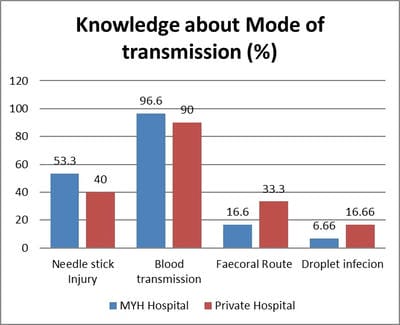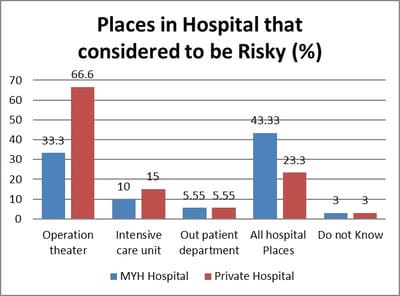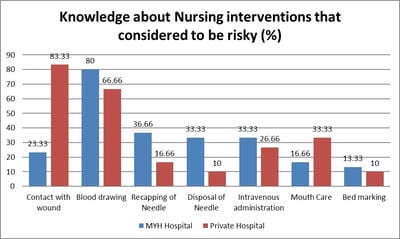A comparative study to assess knowledge, attitude and practice for Hepatitis B vaccination among Nurses of Government and Private Hospital of Central India
Saroshe S.1*, Pandey D.2, Dixit S.3, Bansal S.4, Shivram G.5
DOI: https://doi.org/10.17511/ijphr.2014.i1.05
1* Satish Saroshe, Assistant Professor, Department of Community Medicine, MGM Medical College, Indore, Madhya Pradesh, India.
2 Dhruvendra Pandey, Resident, Department of Community Medicine, MGM Medical College, Indore, Madhya Pradesh, India.
3 Sanjay Dixit, Professor & Head, Department of Community Medicine, MGM Medical College, Indore, Madhya Pradesh, India.
4 S B Bansal, Associate Professor, Department of Community Medicine, MGM Medical College, Indore, Madhya Pradesh, India.
5 Geeta Shivram, Demontrator, Department of Community Medicine, MGM Medical College, Indore, Madhya Pradesh, India.
Background: Hepatitis B is a global public health problem. In India the carrier rate of hepatitis B is higher among health care personnel. Nurses are probably the most commonly exposed health care staff exposed to needle prick, injuries and contact with infectious fluids. Objective: To assess the levels of awareness regarding infectivity of hepatitis B among nurses, their attitude towards hepatitis B vaccination and practices followed after needle stick injury. Methodology: A cross sectional observational study was conducted in 30 nurses of MY hospital (MYH) and multispecialty private hospital (PH) each with help of semi structured questionnaire about knowledge, attitude and practice related to hepatitis B. Chi square test was applied to assess significant difference between the two centres. Result: 73.3% of nurses of MYH and 43.3% of PH think that they are at high risk for hepatitis B infection. 43.3% of MYH and 23.3% of PH considered all hospital places to be risky. 30% nurses of MYH and 20% of PH had knowledge of post exposure prophylaxis. 36.67% of nurses of MYH and 93.33% nurses of PH were vaccinated. Conclusion: This study was concluded as vaccination was more in private institution than government institution. Main reason or the acceptance of vaccination is Hospital policy. Knowledge about post exposure prophylaxis and correct action after needle stick injuries was less.
Keywords: Hepatitis B, Health care workers, Nurses, Post exposure prophylaxis, Universal Precautions, Needle Stick Injuries
| Corresponding Author | How to Cite this Article | To Browse |
|---|---|---|
| , Assistant Professor, Department of Community Medicine, MGM Medical College, Indore, Madhya Pradesh, India. Email: |
Saroshe S, Pandey D, Dixit S, Bansal SB, Shivram G. A comparative study to assess knowledge, attitude and practice for Hepatitis B vaccination among Nurses of Government and Private Hospital of Central India. Public Health Rev Int J Public Health Res. 2014;1(1):25-31. Available From https://publichealth.medresearch.in/index.php/ijphr/article/view/5 |


 ©
© 

